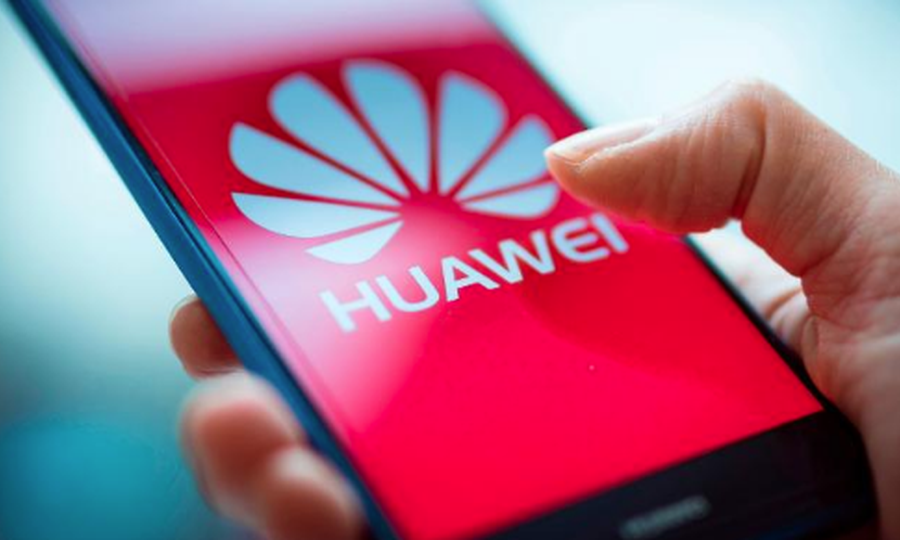(ATF) – Huawei has collaborated with overseas carriers to set up “innovation centres” that will further the use of 5G high-speed mobile technology.
The Shenzhen-based communications giant said the centres were part of plans to capitalise on the technology that’s expected to provide the backbone for future “smart” applications such as the Internet of Things and driverless cars.
Huawei said it has spent much of 2019 rolling out its domestic 5G network.
The move is in response to US sanctions on the company, which now faces the challenge of creating an alternative mobile phone ecosystem. Tech analysts say that will be extremely difficult given the worldwide dominance of Google’s Android and Apple’s iOS.
The announcement came as the company posted full-year revenue of 858.8 billion ($122.68bn for 2019, a 19% year-on-year increase.
Net profit reached 62.7bn yuan and cash flow from operating activities topped 91.4bn yuan, up 22.4%.
As part of a long-term, ongoing investment in technological innovation and research, Huawei invested 15.3% of its 2019 revenue – or 131.7bn yuan into R&D, boosting total spend in the sector to 600bn over the past decade.
Huawei Rotating Chairman Eric Xu said compny had invested in its RuralStar base stations to address coverage problems in remote areas. These solutions are being used in more than 50 countries and regions, bringing mobile internet to more than 40 million people in isolated parts of China.
Sales revenue from Huawei’s carrier business last year reached 296.7bn yuan, up 3.8%.
Difficult year
Xu warned that the company’s “most difficult year” lay ahead.
The stark warning came as a result of stringent US sanctions, with their impact worsened by the fallout from the deadly coronavirus pandemic.
“After Huawei was added to the US entity list on May 16 . we had to step up investment in research and development to fix the gaps,” Xu said.
“All of a sudden, a large number of suppliers could not supply to us, and we had to rebuild our supply chain,” he told a press conference Tuesday.
“Under such circumstances, it was impossible for us to continue maintaining as high a growth rate in our net profit as in 2017 and 2018.”
But he noted the company turned in a strong performance “despite enormous outside pressure.”
He warned, however, that 2020 would be Huawei’s “most difficult year,” given that it would be subject to entity-listing for the full year.
While the firm had substantial stockpiles to respond to customer needs last year, these are running low and 2020 would be a “test of Huawei’s supply continuity program.”
On top of that, the company has to grapple with the coronavirus pandemic, which has brought about global economic decline, financial turmoil and slowing market demand, Xu said.
He added it would be tough to make a forecast on the company’s full-year outlook for now.
$10 billion hit
Huawei has been under relentless pressure from Washington, which has lobbied allies worldwide to avoid the company’s telecom gear over security concerns, in the shadow of a wider US-China trade conflict.
Washington last year said it would blacklist Huawei from the US market and from buying crucial American components, though it has extended a series of reprieves to allow US businesses time to adjust.
The US blacklisting could prevent Huawei from getting hold of key hardware and software including smartphone chips, and exclude it from the Google Android operating system, which equips the vast majority of smartphones in the world.
The company has already seen a hit to consumer business revenue outside China, which Xu said amounted to at least $10 billion.
Asked about reports that the White House could impose new restrictions on Huawei, Xu said he believed the Chinese government would not “allow Huawei to be slaughtered by others or stand by without helping.”
If China retaliated, opening a “Pandora’s box,” this would unleash a devastating chain of destruction on the global industry chain, he warned.
Huawei, based in the southern Chinese city of Shenzhen, shipped more than 240 million smartphones, up 16%, last year.
Overall, Huawei’s consumer-segment revenue grew 34% last year.
The US has expressed suspicions that Huawei equipment could contain security loopholes that allow China to spy on global communications traffic.
But the company has repeatedly denied the accusation, saying Washington has never provided any evidence of the claim.
Last month, US lawmakers passed legislation offering $1 billion to help telecom carriers “rip and replace” equipment from Huawei and fellow Chinese tech firm ZTE.
Huawei last week unveiled its flagship P40 smartphone, which uses no Android apps.
It is progressively eliminating Google software from its phones after having shipped its first Google-free model last year.





















